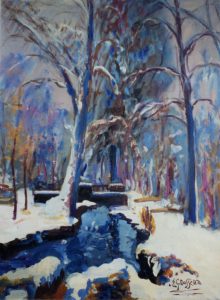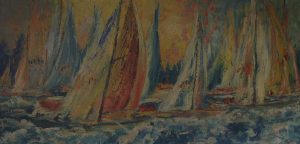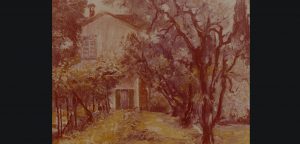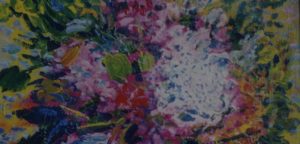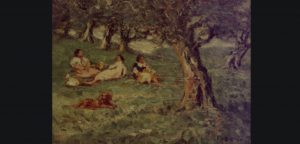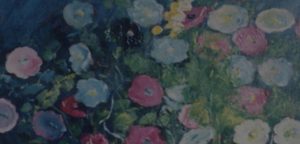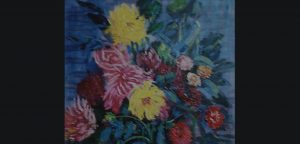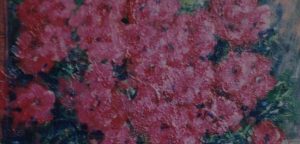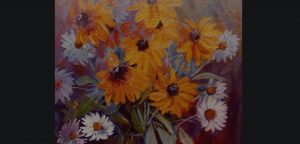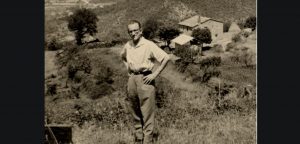Emilio Giuseppe Dossena was born on December 10, 1903 in Cavenago d’Adda, Italy.
1903 - 1987
Emilio Giuseppe Dossena
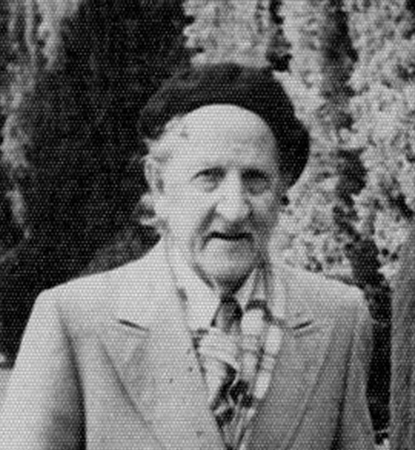
description
An Italian painter, sculptor, talented restorer and poet, who worked in America (New York) for some time.
Dossena was born in the small village of Lodigiano in the Italian commune of Kevenego d’Adde, Lombardy. The boy was 12, when the father of a large and mostly minor family died. Together with the eldest 14-year-old brother, Giuseppe took care of his younger brothers and sisters. Only when they all got families, he was able to get married and do visual arts.
The artist made a significant contribution to the development of such Italian art movements as Neo-impressionism and Expressionism. He was successful and recognized during his life, a member of several academies and creative associations, was awarded the prestigious awards of Italy and the United States in the field of art and literature.
Key ideas:
– Starting a painter’s career with Impressionism, drawing mostly his impressions of reality, Giuseppe Dossena used a soft palette, reflecting the shyness of his character, which was also manifested into his work. It is easy to find in his early works created before the 1950s. In his canvases, there are shades of brown, burgundy and other mostly warm and calm tones.
– The industrial revolution, as well as the post-war economic boom, influenced the character of the artist’s brushstroke – it became more energetic, more powerfully conveying impressions. At the same time, Dossena retained his affection for Realism, which accompanied the artist practically during his whole artistic career, until he turned for a short time to Neo-expressionism, which is close to abstract painting. The works shine with green and bright blue colors, used in a “pure” form. During the 1950s, while retaining his stylistic choice and still providing the necessary restrictions and control over his compositions, he switched to a bolder, brighter palette and discovered new possibilities for himself.
– In his New York period, which began in the 1970s, the artist became even more interested in Expressionism, started to create compositions with more simplified shapes and no longer adhered to structural restrictions. New trends were inevitable for the creator who was far from his country. Forms, captured, as before, in the long study of nature, now contained strong emotions and were interpreted with particular expressiveness. Influential art historian D. Hall precisely noticed, “the works in a rich affirmative color convey a sense of nervous energy.” The form becomes just a pretext for the color expression, almost freed from conventions, which can be seen in the distortion of the perspectives and outlines of objects.
– The artists used all his energy, reinforced by his hatred for the “mechanical” New York, to create works the only purpose of which is to express his need to see his Italy again. Thus, Expressionism became a natural evolution caused by the influence of New York.
– Returning to his homeland, the artist returned to impressionistic techniques, although the trend towards more aggressive color processing remained. An American critic was right, saying, “a brilliant colorist, he (Dossena) brings the light of nature and the joy of life to canvas. The works are rich in density, lively, restless and, at the same time have a special delicate tenderness…”. This is confirmed by the last painting of the artist, which he created before leukemia took away his strength to hold the brush – his grandson William is depicted in it.
1903
1930
1940
1950
1964 - 1967
1968
1973 - 1974
1976 - 1978
1981
1986
1987
The birth of the artist
Gained artistic experience at the Milan Academy di Brera
Gained artistic experience at the Milan Academy di Brera and at the School of Castella (Scuola del Castello, Milan), made friends with E. Trekcani, R. Guttuso, A. Sassi, D. Cantatore, and U. Lilloni. His restoration and decoration skills helped him live with dignity, despite the difficult times. The artist won the grand prize for his sculptures (a trip to Venice). However, he chose painting as his career because colors attracted him.
Created frescoes for churches
Created frescoes for churches, painted the interiors of castles and villas. In particular, he performed works in the Italian Embassy of Ethiopia (they were destroyed by air raids). After visiting Venice, the artist organized his first solo exhibition at the Milan Gallery Gavioli (Gavioli, 1943), which was approved by critics and the public – all the paintings, despite the wartime, were purchased by collectors and art lovers.
Decorated and restored many aristocratic Lombardian villas
To take care of his large (six children) family, the artist decorated and restored many aristocratic Lombardian villas, as well as castles in Umbria, was engaged in the restoration of paintings.
Held an exhibition of his works at the Hoepli Gallery in Milan
Held an exhibition of his works at the Hoepli Gallery in Milan, which he repeated three years later at the Palazzo dell’Arredamento of the city of Desio. Both events were successful; the artist was included in the prestigious Enciclopedia dell’Arte (ed. Edisoni SEDA, Milan), was invited to the collective exhibition “Art International” in Nice, France.
Moved to Brooklyn
After a fire in the Milan studio, the 65-year-old artist moved to Brooklyn, New York, where he worked at Berger’s studio, restored the works of Renoir, Rembrandt, Picasso and other artists, collaborating with owners of private collections and museums, among which there was the Metropolitan Museum of New York. In connection with the abrupt change of environment, the manner of the painter’s own works changed – they got an expression in them.
Organized exhibitions
Organized exhibitions at the halls of the Columbus Citizens Committee (New York), the International Gallery and the Wiener Gallery, which, unexpectedly for the artist, gave a lot of positive feedback and brought financial success.
Devoted himself to painting
Having returned to Italy, the already well-known master devoted himself to painting. Exhibited his works at the Gallery Trier (Spotorno, 1977), Gallery Portichetto (Stresa, 1978), which were generously praised by the specialized and popular press. The artist received his first Milan award “Sant’Ambroeus”.
Took part in many collective exhibitions in different cities
Took part in many collective exhibitions in different cities, and soon, after a successful exhibition at the Circolo Ambrosiano Meneghin e Cecca, Milan (1983), the artist received the Grand Prix of Nations in Rome, was awarded the prestigious Gold Saint Ambrose Medal of the patron of Milan (Ambrogino d’Oro).
Was awarded the title Knight of the Arts
Was awarded the title Knight of the Arts (at the Academy of Cremona, Italy) and the Golden Torch Award (World Parliament, the USA).
The death of the artist
He passed away on March 23, 1987 in Milan, Italy.

